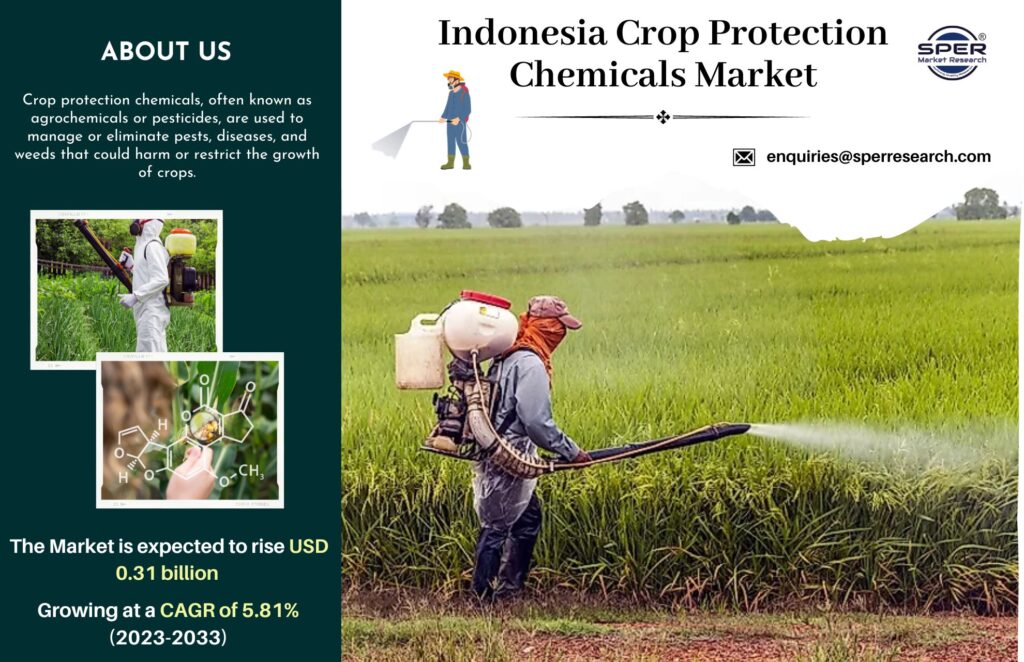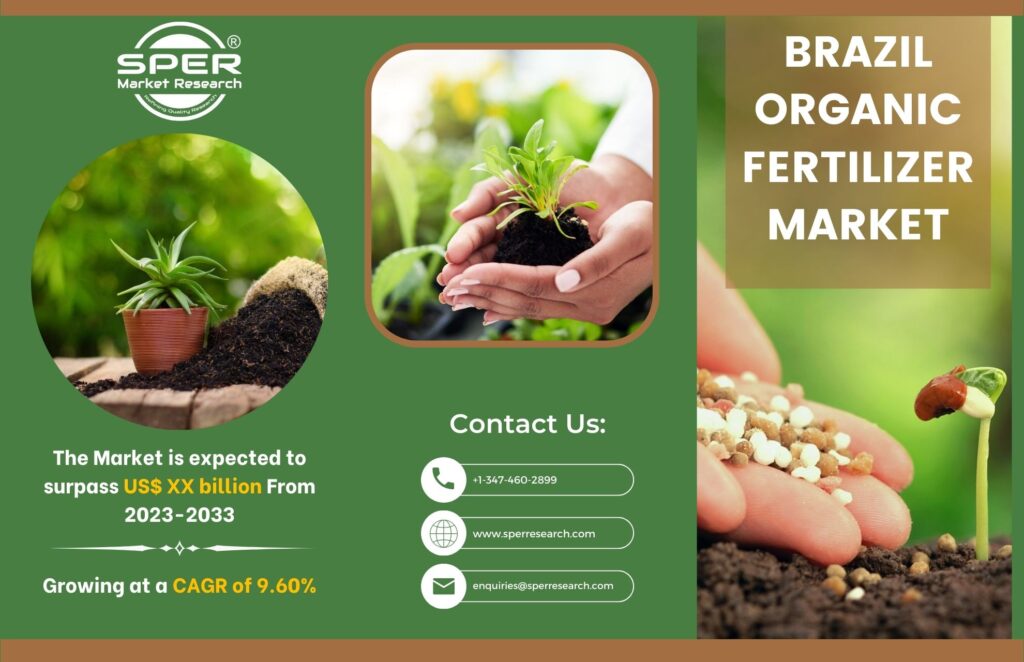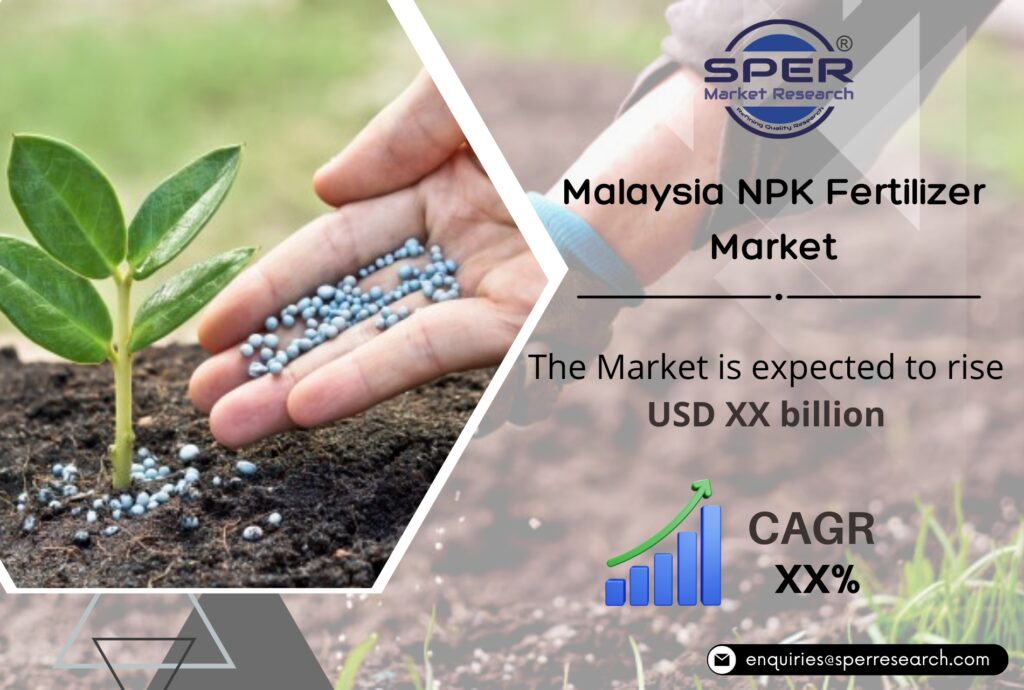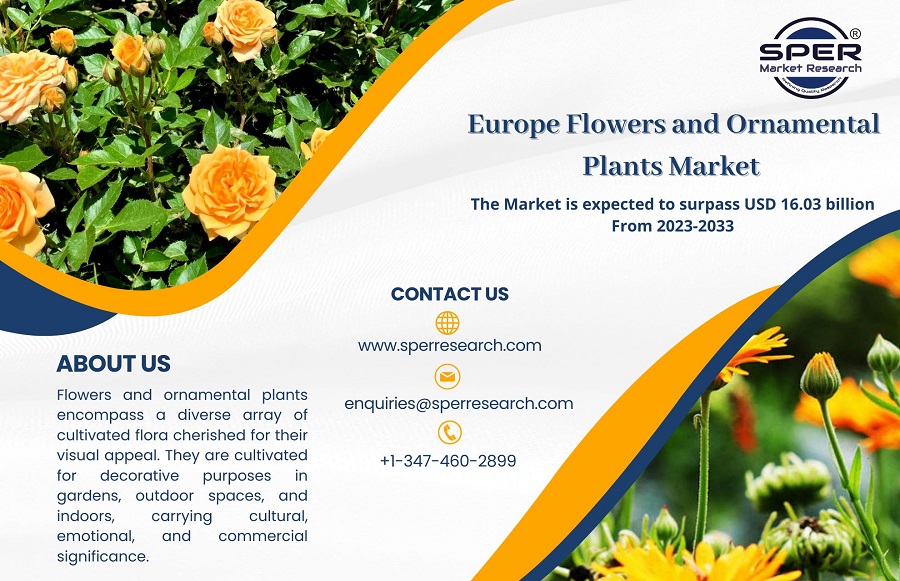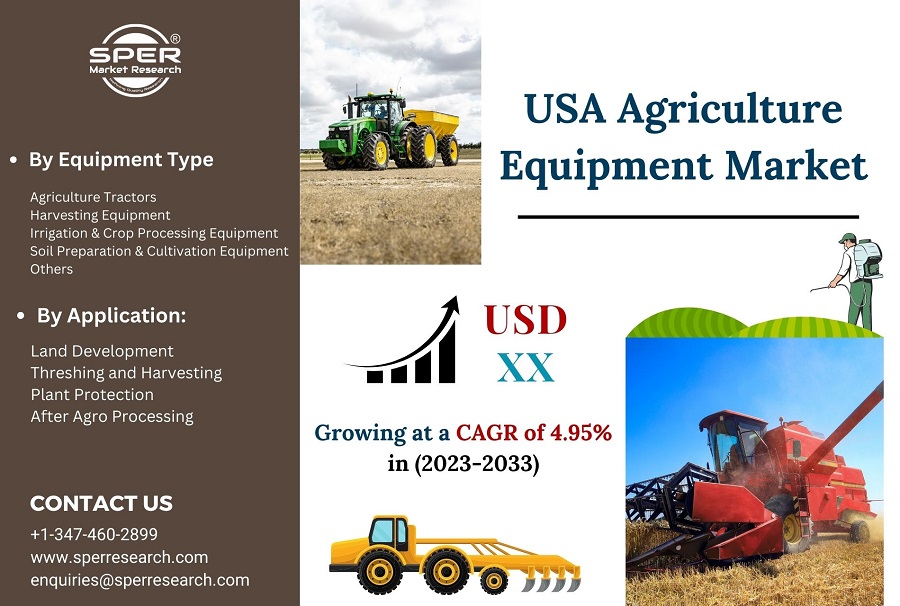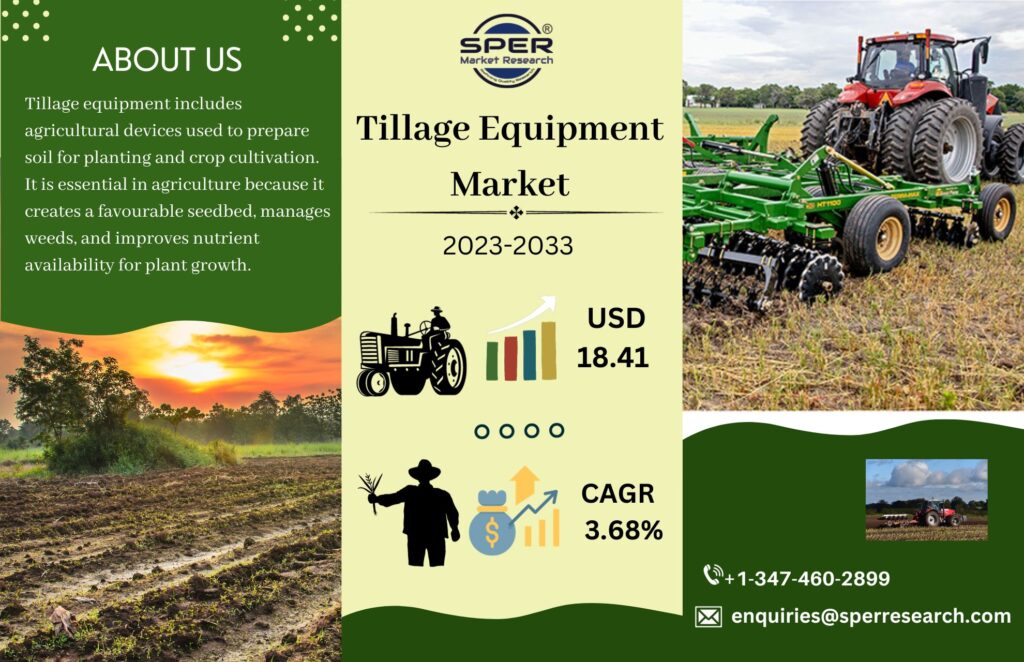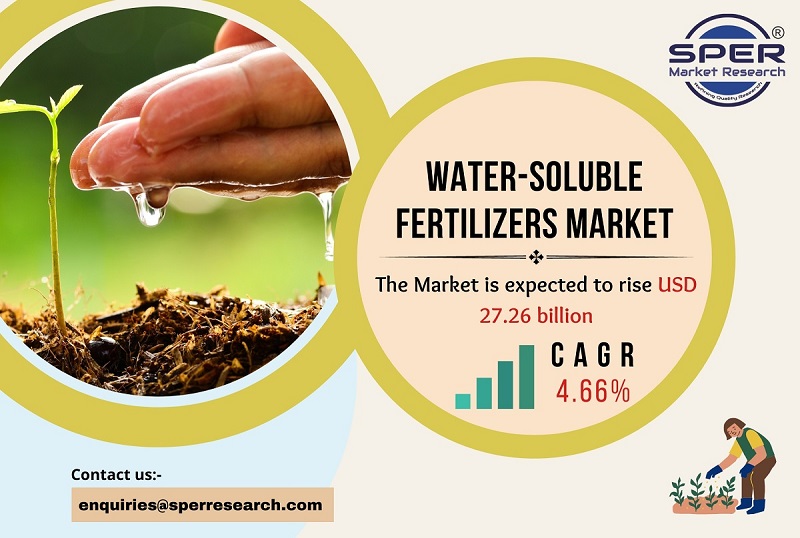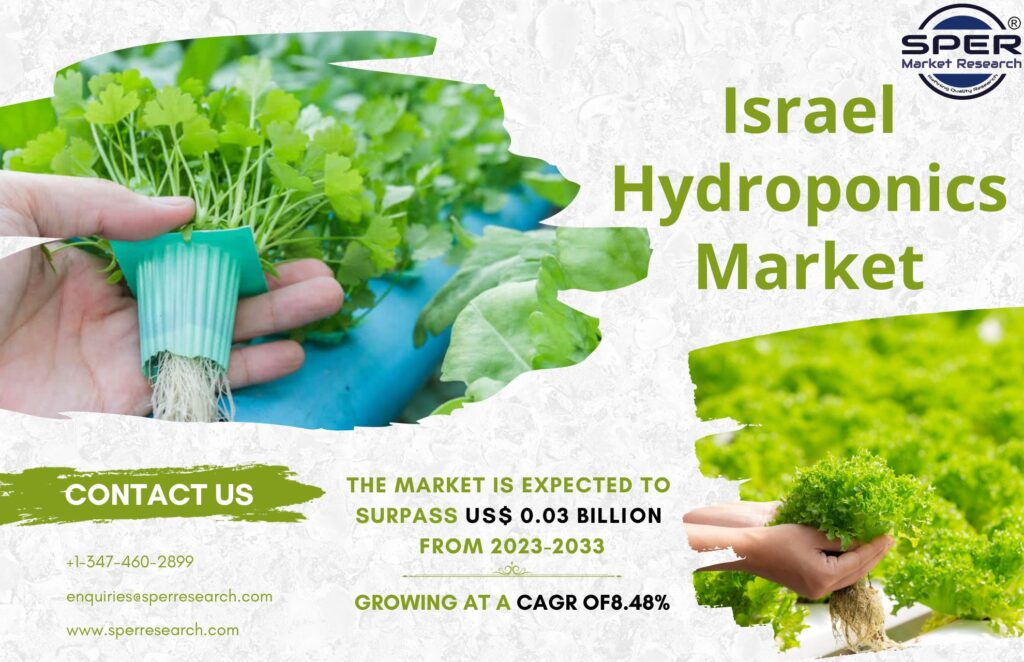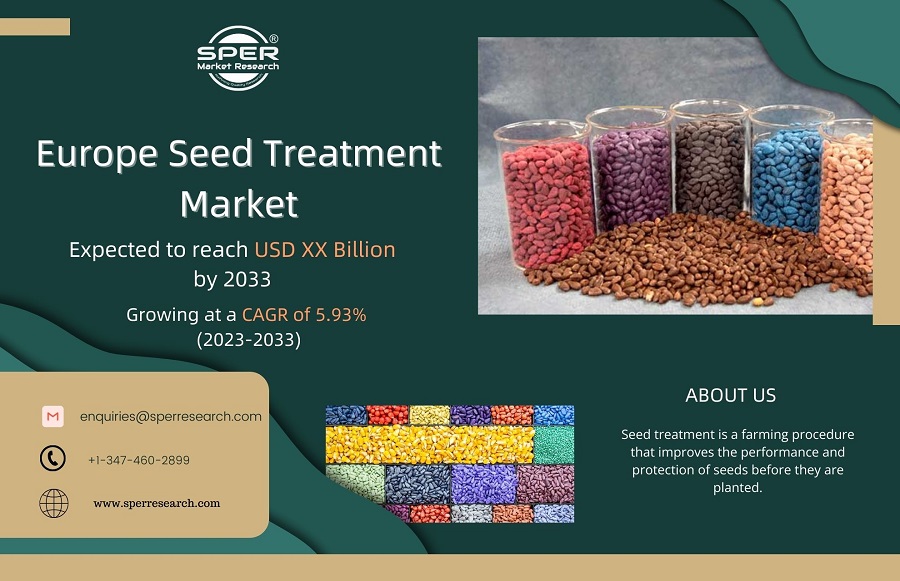Crop protection chemicals, often known as agrochemicals or pesticides, are used to manage or eliminate pests, diseases, and weeds that could harm or restrict the growth of crops. These compounds are designed to efficiently protect crops, improve productivity, and maintain the standard of agricultural products in general.
According to SPER market research, ‘Indonesia Crop Protection Chemicals Market Size- By Origin, Product Type, By Application – Regional Outlook, Competitive Strategies and Segment Forecast to 2033’ state that the Indonesia Crop Protection Chemicals Market is predicted to reach USD 0.31 billion by 2033 with a CAGR of 5.81%.
Increased crop protection technique adoption is required for high yields that support growth.
Crop protection chemicals are commonly used in modern agriculture to increase crop yield by protecting plants from pests and weeds. Agriculture productivity has increased to meet the rising population’s requirement for food security. According to the Food and Agriculture Organization (FAO), the three countries that buy the most of these protective products are Brazil, China, and the United States. High pesticide use is one of the key factors contributing to rising agricultural productivity in these countries.
However, there are a few issues with Indonesian crop protection agents. Resistance to crop pesticides among pests may stymie the industry. Insect resistance to various crop protection agents is a key impediment to market expansion. Pest resistance has increased due to a significant drop in the efficacy of many active substances. This resistance is the result of changes in insect metabolic pathways, enhanced reproduction rates, and pest proliferation.
Request For Free Sample Report @ https://www.sperresearch.com/report-store/indonesia-crop-protection-chemicals-market.aspx?sample=1
Impact of COVID-19 on Indonesia Crop Protection Chemicals Market
The COVID-19 outbreak has had an economic and public health impact. COVID-19’s proliferation has had an influence on the agriculture input industry as well as other industries, generating socioeconomic upheavals in the global and Indonesian economies. The coronavirus has had an impact on critical phases in the production and distribution of agrochemicals, from raw material importation through finished goods manufacturing.
Indonesia Crop Protection Chemicals Market Key Players
Furthermore, some of the market key players are PT. BASF Indonesia, Syngenta Indonesia PT., Corteva Agriscience, Agricon Indonesia, Biotis Agrindo, PT. Agro Guna Makmur (AGM), PT. CBA Chemical Industry, PT. Prima Agro Tech, PT. Nufarm Indonesia, PT. Royal Agro Indonesia (ADAMA Indonesia), UPL Limited, and PT. Kenso Indonesia.
Indonesia Crop Protection Chemicals Market Segmentation:
By Origin: Based on the Origin, Indonesia Crop Protection Chemicals Market is segmented as; Synthetic, Bio-Based.
By Product Type: Based on the Product Type, Indonesia Crop Protection Chemicals Market is segmented as; Herbicides, Insectides, Fungicides, Others.
By Application: Based on the Application, Indonesia Crop Protection Chemicals Market is segmented as; Grains and Cereals, Oilseeds and Pulses, Fruit and Vegetables, Turfs and Ornamental, Commercial Crops, Others.
By Region: This research also includes data for Northern Region, Eastern Region, Western Region, Southern Region.
This study also encompasses various drivers and restraining factors of this market for the forecast period. Various growth opportunities are also discussed in the report.
For More Information, refer to below link: –
Indonesia Crop Protection Chemicals Market Future Outlook
Related Reports:
Follow Us –
LinkedIn | Instagram | Facebook | Twitter
Contact Us:
Sara Lopes, Business Consultant – U.S.A.
SPER Market Research
+1-347-460-2899
